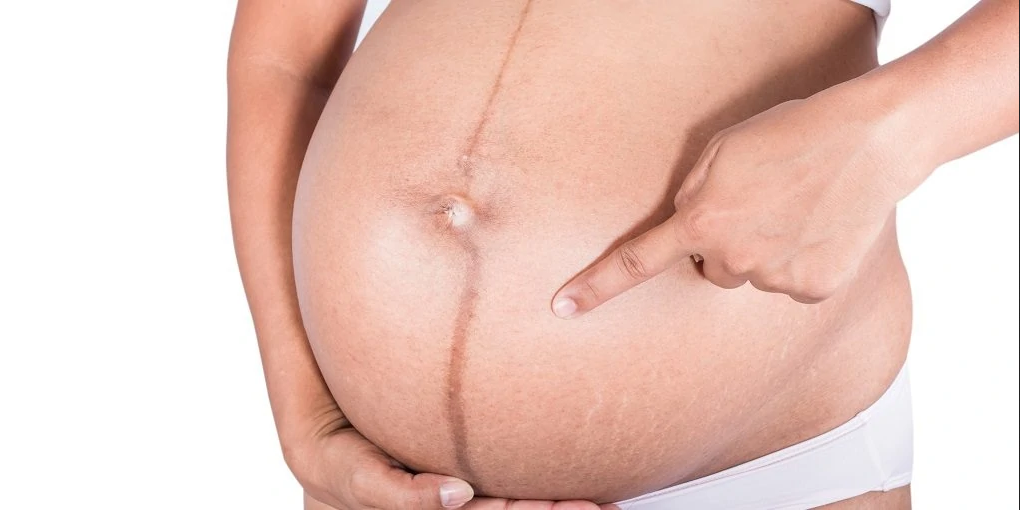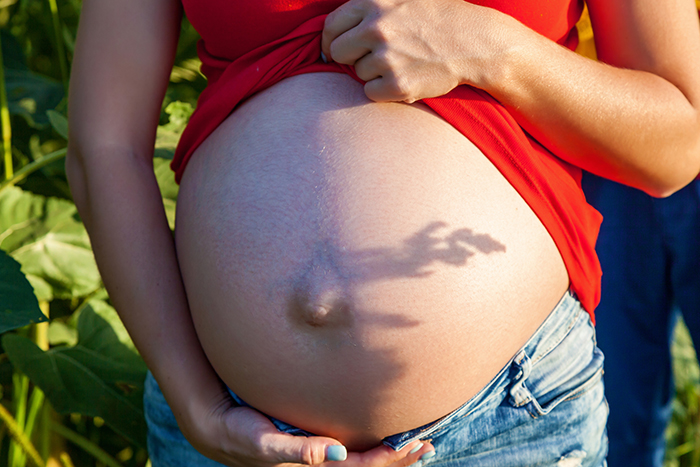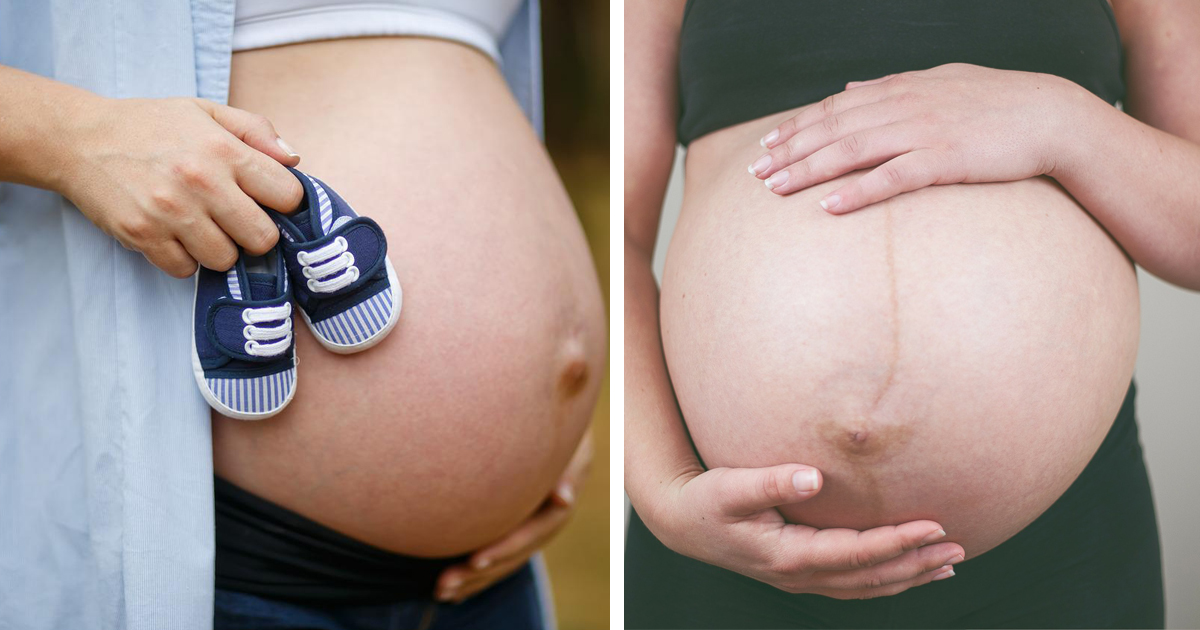Baby bumps are amazing! The idea of a little thing growing inside you is amazing! You just can’t stop thinking about it and you are obsessing over it more and more. You also want to keep touching it all the time. Well, it is normal. The fascination you have with this beautiful bump is absolutely normal. But are you aware of the kind of changes your body – both inside and outside- is going through during this process?
We present to you 10 important things you need to know about your baby bump
#1 In the beginning, there is no bump, it is inconspicuous

Finding out that you are about to have a baby is one of the most exciting feelings in this world. Initially, when you get the news of your pregnancy, you won’t feel any difference in your belly, because the baby inside you is still quite small in size. Let’s contextualize things here a little. After 4 weeks, your baby just grows to the size of a poppy seed. Your baby bump will start gaining visibility after 3 months when your baby is the size of a lime.
#2 The Baby Bump becomes noticeable after 3 months

You will also develop stretch marks. Stretch marks are tiny tears that form when the skin supporting your belly starts stretching quite tightly. More than half of the pregnant women also develop something called skin streaks but you won’t get to notice them until you are 13 to 21 weeks pregnant. When you reach the 35-week mark, the streaks would start to get more prominent.
No, you cannot prevent stretch marks but you can be assured that they will fade after your body has given birth. Cherish every moment of it because a human being is growing up inside you. These marks are precious!
#3 Butterflies in your stomach? It could be your baby-making small movements

Butterflies in your stomach may not always mean pre-baby jitters when you are pregnant. It could also mean that your baby has started making small small movements and is making its presence felt. It could be moving from side to side or fidgeting, and you could feel those activities inside your stomach. This early movement, called quickening, usually starts when you are 4 or 5 months pregnant. And this is just the beginning! From now on, the baby will start getting more and more active. When you hit the 6-month mark, you would be able to feel its tiny feet. And after 28 weeks, the doctor would want you to count the number of times the baby kicks.
#4 You will notice a dark lining forming around the baby bump

Pregnancy hormones are a gift that your pregnancy gives you. These pregnancy hormones can lead to a number of skin anomalies. If you see a dark brown line forming on your lower belly and leading to your pubic area, don’t worry. It is absolutely normal for it to happen during pregnancy. Your body is going through some serious changes and you are birthing a person. These skin conditions are normal. If you are concerned about it, you can keep your belly covered while going out because sun exposure can intensify this pigmentation.
#5 If your belly button is in, it might start protruding

If you sport a belly button that is an innie, well, as you go further into your pregnancy, it won’t stay an innie for long, and will develop into an outie. As your uterus expands, and your belly starts bulging out, your belly button will also start protruding. Don’t worry if your belly button is pierced. If the piercing is not fresh and your belly button has healed already, it should not be a cause for concern.
#6 The baby can hear you. Your belly is not a soundproof room!

In 16 weeks, your baby’s ears will develop. The baby can now hear your voice and the sounds around you. But by 26 weeks, your baby will be developed enough to respond to stimuli. If you sing to the baby or talk to it, it might give you a little kick! Songs are a fun bonding experience, so you might want to explore the songs you’d want to enjoy with your baby.
#7 Touching your belly is totally okay. In fact, your baby likes it!

We know you enjoy touching your belly, and you know your baby enjoys it too! According to a few research fetuses respond powerfully to touches especially if that touch is coming from their mother. Now you can rub that bump without any guilt because your baby likes it!
#8 It is okay to measure a little big or small
On every prenatal visit, your practitioner will measure your bump using a tape. 1 or 2 cm off here and there is okay. It does not mean that your baby is not growing or is growing too much that you won’t be able to have a normal, vaginal delivery. It usually means that your due date is off by a few days.
#9 It could get uncomfortable pretty soon
As your belly grows rapidly, your ligaments might start paining because of the weight. It might get a little cramped for the baby as well, so don’t mind a few hard kicks and elbow jabs as the little one asks for more space. Heartburn could also be an issue. But don’t forget to consult your practitioner if you notice any changes in fetal movement.
#10 Prepare to have that bump for a few months after your delivery
If you think that you will fit into your favorite pair of skinny jeans right after giving birth, you are wrong. It took nine months for your belly to grow this size, so it will definitely take it a few or more months to shrink back to its normal size. Diastasis recti is a condition that a few women might develop after giving birth. It happens when a growing belly causes abdominal muscles to separate and protrude. So if your baby bump refuses to disappear and you still experience pain and discomfort many months after your delivery, you should check with your doctor. Usually, Diastasis recti resolves on its own, but if it doesn’t, your doctor should help you.
Now that you are pregnant, you will experience a lot of changes in your belly. It will be a new experience for you every day. This is the best time to know your baby. Enjoy every minute of it.

